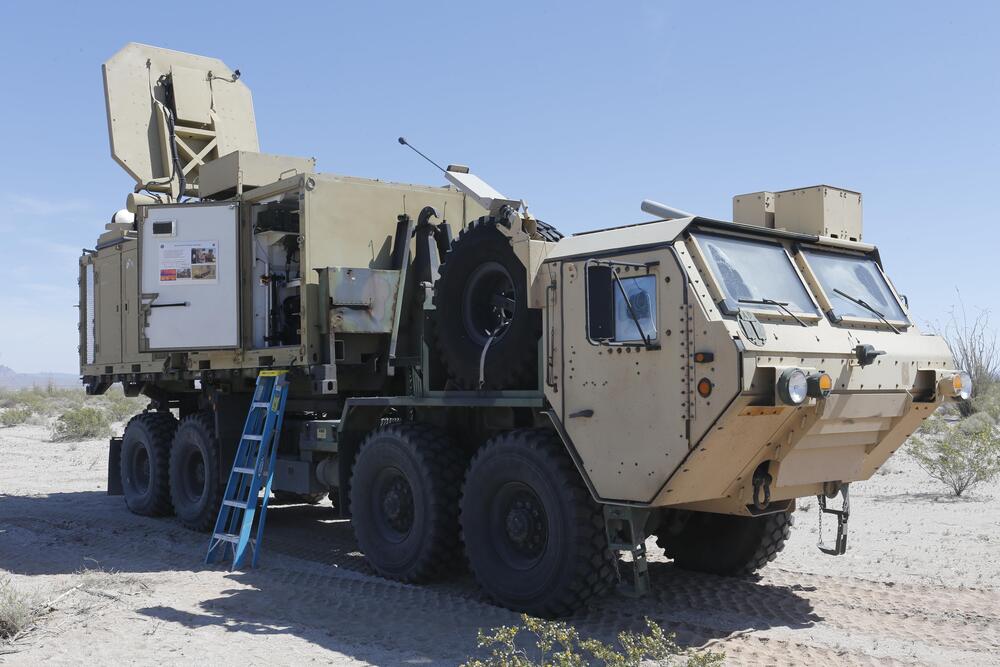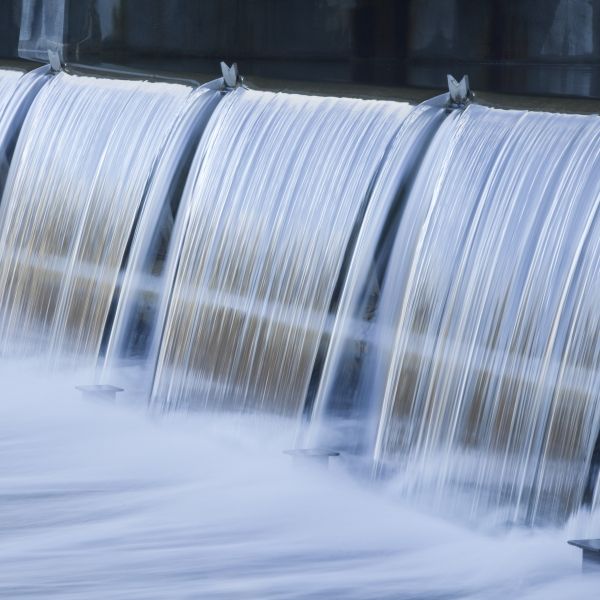Have you ever dreamed of building an actual house using your very own grown-up, sustainable version of LEGO? Meet Brikawood, the company making that dream a reality and transforming the modular home business.
Brikawood creates wooden bricks that interlock to create walls. This allows builders to assemble and disassemble an entire home without the use of glue, nails or screws. The wood-brick walls then get filled with wood shavings left over from the manufacturing of Brikawood bricks. These insulate both temperature and sound, which improve energy efficiency and peace of mind.
The company’s bricks are made out of wood harvested from quick-growing Douglas fir trees. The trees are sourced from sustainable forests and certified as eco-friendly. Since the wood shavings produced by the manufacturing of the bricks are used as insulation, the entire Brikawood production results in nearly zero waste.






